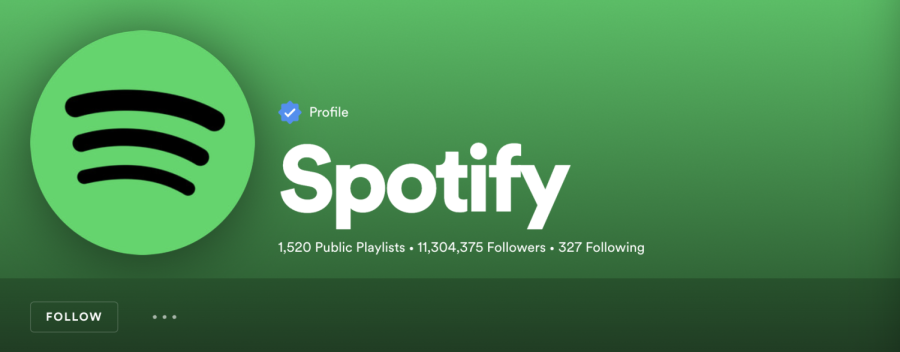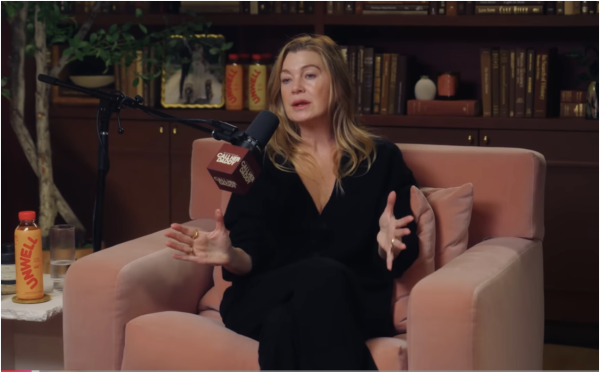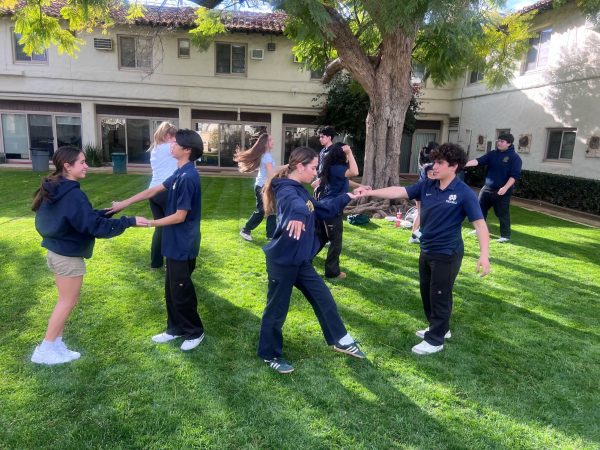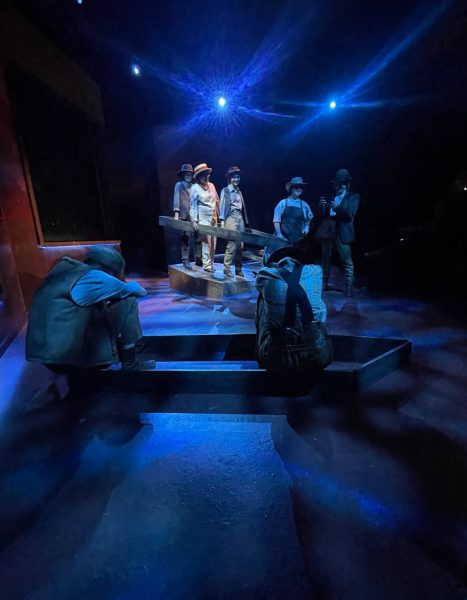In the Mood for Music
Spotify is a music streaming service, a social media, a love language, and a device for human connections.
From singing Happy Birthday to your favorite people on their special day to hearing the song you chose for the first dance with your loved one on your own unforgettable day, we associate different songs with different memories and emotions. Music is interwoven into the very fibers of our existence and usually is there to witness some of the most important moments in our life.
Music has always played a major role in human relationships. It is arguably the most impactful form of art available to us. Some people may not have a taste for paintings or sculptures, but there is music all around us. It has evolved from gramophones to radios to vinyls to cassette tapes to CDs, so on and so forth. The point is, we have been playing music for a really long time.
As Billy Joel puts it: “I think music in itself is healing. It’s an explosive expression of humanity. It’s something we are all touched by. No matter what culture we’re from, everyone loves music.”
Spotify is regarded as one of the most popular music streaming services in the world alongside Apple Music. The app was released in July of 2011 to the United States and ever since then it has gained popularity among the public.
The relevance of Spotify has only grown since its release especially with younger generations. Spotify is technically a social media platform available to virtually everyone. Users have profiles in which they can post playlists for others to listen to. They are also capable of following both artists and other people who also have accounts with Spotify.
The ability to follow people we know on Spotify has enabled something that many admit they are guilty of on social media platforms alike. One of the features of the app allows users to share their listening activity with their followers. The term “Spotify stalking” refers to looking through a person’s profile and their playlists, often monitoring their listening habits. To avoid harassment by other people or to simply prevent someone from viewing their account, Spotify also includes the option to block certain users.
People will often make playlists on Spotify dedicated to each other as a sweet gesture, choosing songs they both enjoy or songs that remind them of the other person. Dedicated Spotify playlists are to younger generations as mixtapes and burning personalized cds are to older generations. The collaborative feature on Spotify also allows users to invite people to add songs on their playlists.
“I don’t use Spotify that often, maybe once or twice a week. But my dad uses it a lot, everyday pretty much and he sends me playlists. Some of my friends send me playlists too and add me to their playlists to share them,” says Tanner Goldman ‘24. “When two people share common interests in music it can really connect them. You get to know the person by the music that they listen to and that makes being with them more fun in a sense,” he continues.
Some people enjoy making playlists dedicated to emotions, events, or for certain months. Lillian Dunn, an entertainment writer for UCI, compares monthly playlists to “photo dumps.” Photo dumps are another trend specifically on Instagram, where users post a couple of random photos in an attempt to make social media more casual. The photo choices aren’t completely arbitrary and usually relate to each other, but the purpose is to leave them unedited and simply to enjoy the story the collection tells.
Others look forward to one of Spotify’s cooler functions referred to as “Spotify Wrapped.” Released at the end of each year, Spotify shares each users’ app data telling them their own top artists and most listened to songs among other things. It is almost tradition for people to post a summary of their “Spotify Wrapped” once they come out.
Whether one treats Spotify like an actual social media account with an audience, or simply uses the app to enjoy music, it plays an undeniable role in human connectedness today.






